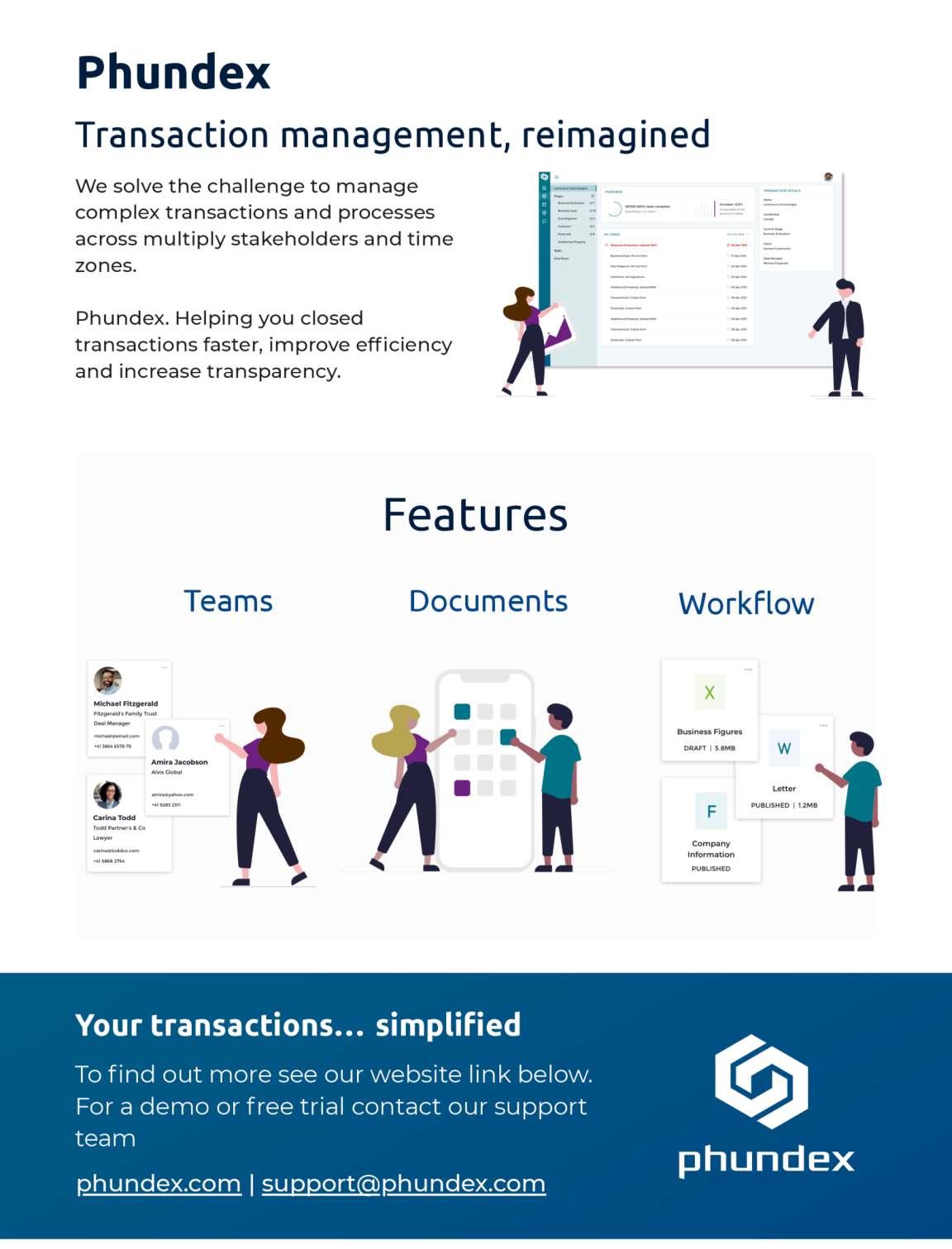
3 minute read
Developing Leaders
Developing a successful leadership program can be a challenging task, but it is essential for building a strong and effective leadership team. A well-designed leadership program can help identify and develop the skills, knowledge, and attributes needed to lead and manage people and organizations effectively. Here are some steps to help you develop a successful leadership program:
Define your objectives: The first step in developing a successful leadership program is to define your objectives. Identify what you hope to achieve through the program, such as developing specific skills or competencies, building a pipeline of future leaders, or enhancing employee engagement and retention.
Advertisement
Identify your target audience: Determine who the program is intended for and what level of leadership experience they have. Consider the specific needs and challenges of your target audience, and tailor the program accordingly.
Design the program: Develop a comprehensive curriculum that includes a mix of classroom instruction, coaching and mentoring, experiential learning, and feedback mechanisms. Ensure that the program is aligned with your organization's goals and values, and that it supports your overall talent management strategy.
Select the right instructors: Identify instructors who are experienced in leadership development and have a proven track record of success. Ensure that they have the necessary skills and expertise to deliver the program effectively and engage participants.
Implement the program: Once the program is designed and instructors are selected, implement the program and communicate its objectives and benefits to participants. Provide ongoing support and resources to participants, such as coaching, mentoring, and networking opportunities.
Measure and evaluate the program: Continuously monitor and evaluate the program's effectiveness in achieving its objectives. Use data and feedback from participants to make improvements and ensure that the program is delivering value to your organization.
Maintain momentum: Keep the momentum going by promoting a culture of continuous learning and development. Encourage participants to apply what they have learned in their daily work, and provide opportunities for ongoing learning and growth.
A successful leadership program requires careful planning, design, and implementation. By defining your objectives, identifying your target audience, designing a comprehensive curriculum, selecting the right instructors, implementing the program, measuring and evaluating its effectiveness, and maintaining momentum, you can create a leadership program that supports your organization's goals and helps develop the next generation of leaders.
Developing a pipeline of future leaders: A welldesigned leadership program can help identify and develop employees who have the potential to become future leaders. This can help organizations build a strong talent pipeline and ensure a smooth transition of leadership as senior executives retire or move on.
A pipeline of future leaders ensures that an organization has a pool of talented individuals who are ready to take on leadership roles when senior executives retire or move on. This helps ensure a smooth transition of leadership and reduces the risk of disruption to the organization.
When an organization has a pipeline of future leaders, it reduces the need for external recruitment to fill leadership positions. This can help save on recruitment costs and ensure that new leaders are aligned with the organization's culture and values.
Developing a pipeline of future leaders helps ensure that an organization has a strong leadership team in place to drive organizational performance. This can help improve productivity, profitability, and overall organizational success.
Improved employee retention: When employees feel valued and see opportunities for growth and development within an organization, they are more likely to stay with that organization. A successful leadership program can help increase employee engagement and retention, which can in turn reduce turnover costs and improve organizational performance.
Enhanced organizational performance: Effective leadership is essential for driving organizational performance. A successful leadership program can help develop the skills and knowledge needed to lead and manage people and organizations effectively, which can in turn improve productivity, profitability, and overall organizational success.
Increased innovation and creativity: Leaders who are trained in innovation and creativity can help drive innovation within the organization. A successful leadership program can help develop the skills and mindset needed to think outside the box, challenge the status quo, and identify new opportunities for growth and innovation.
Improved communication and collaboration: A successful leadership program can help develop the communication and collaboration skills needed to build strong teams and foster a culture of collaboration. This can help improve employee engagement, reduce conflict, and improve overall organizational performance.
In summary, a successful leadership program can have a significant impact on an organization's success, from developing a pipeline of future leaders to improving employee retention, enhancing organizational performance, increasing innovation and creativity, and improving communication and collaboration. Investing in a successful leadership program can pay dividends for years to come.







